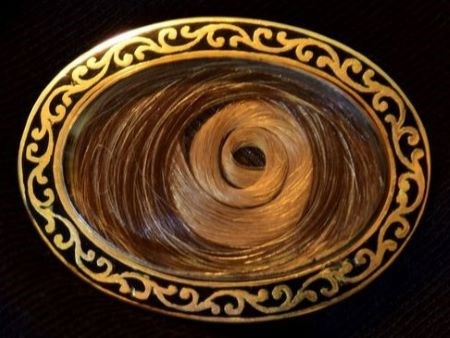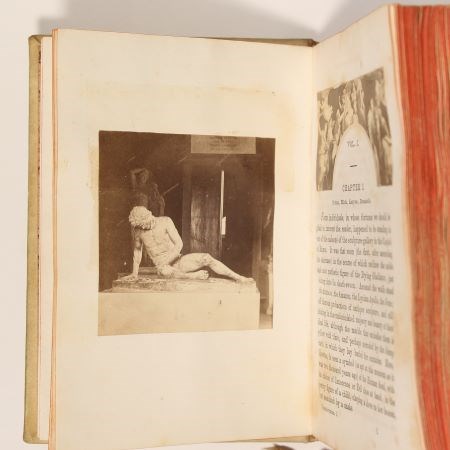2023 Fall Lecture Series"The Past and Present Here Unite..."Over the past 264 year, this house’s occupants have shaped the nation; now, join us in writing the next verse together. This house bears witness to the history of enslavement and activism; the development of a 19th century American literary canon; the evolution of LGBTQ+ life and identity; deep joy, and deep sorrow. This fall, a series of conversations with scholars and community leaders will explore the ways in which these intersecting histories resonate today. 
© 2015 Xiomaro.com New Date! Thursday, February 1 | 6:00-7:30 PM "In the long, sleepless watches of the night": Exploring the Culture of Death, Bereavement, and Mourning in the Antebellum PeriodPaul Lewis and Tegan KehoeIn partnership with Mount Auburn CemeteryHybrid event - register to attend in-person or online Join literary scholar Paul Lewis and public historian Tegan Kehoe for a conversation exploring loss and bereavement in the antebellum period through the lens of poetry and culture. Kehoe, the author of Exploring American Healthcare Through 50 Historic Treasures, will discuss the medical and social context for illness, grief and loss in the antebellum period. She will describe evolving 19th-century understandings of the causes of illness and explore how antebellum framings of illness and death influenced people's relationships with loss and grief. Lewis, a professor emeritus of English at Boston College with a career-long interest in dark humor and gothic fiction, will consider expressions of grief in contrasting works by Henry Wadsworth Longfellow and Edgar Allan Poe. To what extent is Poe trying to console or horrify readers? To what extent do his intense, gothic renderings of loss conform to, deviate from, and/or satirize antebellum norms? 
The American LGBTQ+ Museum Thursday November 9, 6:00-7:30 PM | Preserving LGBTQ+ History in Our CommunitiesVirtual program, with support from the Friends of the Longfellow House-Washington's Headquarters Ben Garcia in Conversation with Joan IlacquaBen Garcia, Executive Director of the new American LGBTQ+ Museum, and Joan Ilacqua, Executive Director of The History Project, will discuss the intersections of their work preserving and sharing Queer History at two remarkable organizations. They'll share insights into how Queer History can help us understand the present and envision our future, the role of communities in preserving Queer History, and how audience members can connect to this ongoing work.The American LGBTQ+ Museum preserves, investigates, and celebrates the dynamic histories and cultures of lesbian, gay, bisexual, transgender, and queer people, as well as those of the emergent and adjacent identities among our communities. Using exhibitions and programs, the Museum seeks to advance LGBTQ+ equality through the lens of social justice movements, including, but not limited to, race, gender, class, immigration, and disability. The History Project is focused exclusively on documenting and preserving the history of New England’s LGBTQ communities and sharing that history with LGBTQ individuals, organizations, allies, and the public. The History Project is a community archives - a repository, historical society, and museum for the LGBTQ+ community's history. 
NPS/LONG 9937 Wednesday November 29, 6:00-7:00 PM | The Extra-Illustrated Novel as an Italian SouvenirJacqueline Marie MusacchioGeorge Eliot’s Romola (1863), set in fifteenth-century Florence, and Nathaniel Hawthorne's Marble Faun (1860), set in nineteenth-century Rome, have long appealed to travelers. The Longfellow family was no exception. With their detailed descriptions of Renaissance Florence and Risorgimento Rome, these novels served as guidebooks, their narratives providing both real and virtual travelers with an informative and easy-to-follow itinerary.They also served as souvenirs. Travelers chose photographs to illustrate their copies, either individually or in pre-assembled sets, then had them fitted with decorative endpapers and specially bound in local stationary shops. Like so many others, Samuel and Alice Longfellow engaged in this practice, and their experience demonstrates how these extra-illustrated novels allowed travelers to carry Italy home with them. Jacqueline Marie Muscacchio is a Professor of Art at Wellesley College, specializing in Italian Renaissance and Baroque art. She is the author of the recent article "Carrying Home Renaissance Florence in Extra-Illustrated Copies of George Eliot’s Romola." Recorded Past Lectures2022Not Just Roommates: Queer Historic Preservation, Ken Turino and Danielle Bennett Unearthing the Past at Longfellow House-Washington's Headquarters, Joel Dukes 2021Fanny Longfellow's "Etheral Baby" and Her Moment in the History of Medicine, Tegan Kehoe in conversation with Kate Hanson Plass |
Last updated: January 10, 2024
